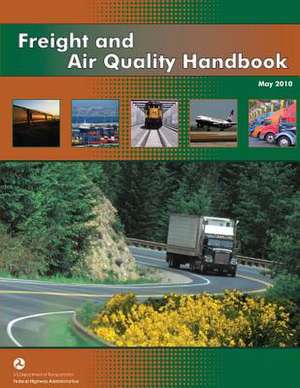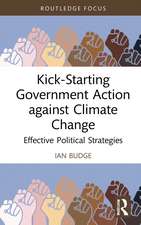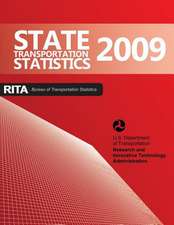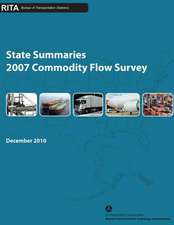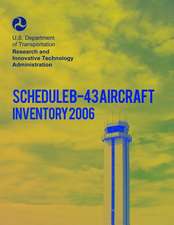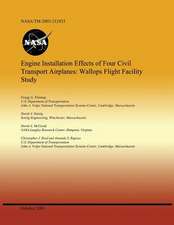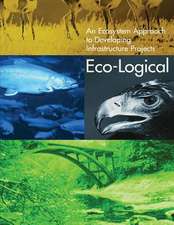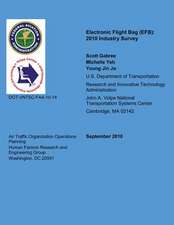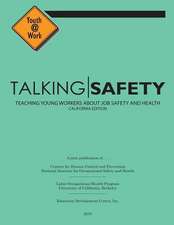Freight and Air Quality Handbook
Autor U. S. Department of Transportationen Limba Engleză Paperback
Preț: 155.43 lei
Nou
Puncte Express: 233
Preț estimativ în valută:
29.74€ • 32.30$ • 24.99£
29.74€ • 32.30$ • 24.99£
Carte disponibilă
Livrare economică 01-15 aprilie
Preluare comenzi: 021 569.72.76
Specificații
ISBN-13: 9781505973587
ISBN-10: 1505973589
Pagini: 118
Dimensiuni: 216 x 279 x 6 mm
Greutate: 0.29 kg
Editura: CREATESPACE
ISBN-10: 1505973589
Pagini: 118
Dimensiuni: 216 x 279 x 6 mm
Greutate: 0.29 kg
Editura: CREATESPACE
